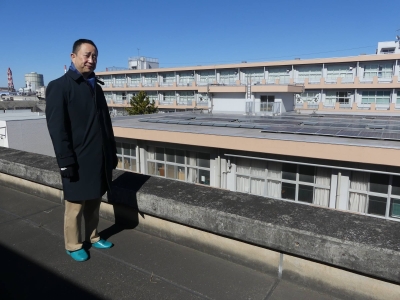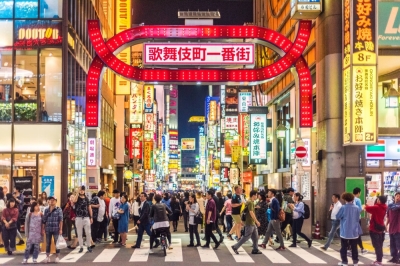They are the words you’re bound to hear at graduation ceremonies and sporting events: 君が代は、千代に八千代に、さざれ石の、巌となりて、苔のむすまで (Kimi ga yo wa, chiyo ni yachiyo ni, sazare ishi no, iwa to narite, koke no musu made). And though no official translation of the Japanese national anthem, “君が代” (“Kimigayo”), exists, a literal attempt might be “O, may your reign go on, for a thousand years and thousands more years, until what now are pebbles, form great boulders, grown over with moss.”
The anthem is one of the shortest in the world, and that is because its single verse constitutes a 和歌 (waka) poem. 和歌 are some of Japan’s most enduring pieces of culture. To be able to read and understand them is to not only have access to incredible works of art but also to reach into the dawn of Japanese history and feel just as the artists and poets of yore once lived and loved.
At first glance, analyzing 和歌 may seem like an intimidating task because of their use of 古文 (kobun, classical Japanese) — the language as it was spoken and written more than a thousand years ago. While a lot of words and kanji are mutually intelligible with modern Japanese, grammatical forms can differ drastically, making 古文 a challenge for even fluent speakers of the language.



















With your current subscription plan you can comment on stories. However, before writing your first comment, please create a display name in the Profile section of your subscriber account page.